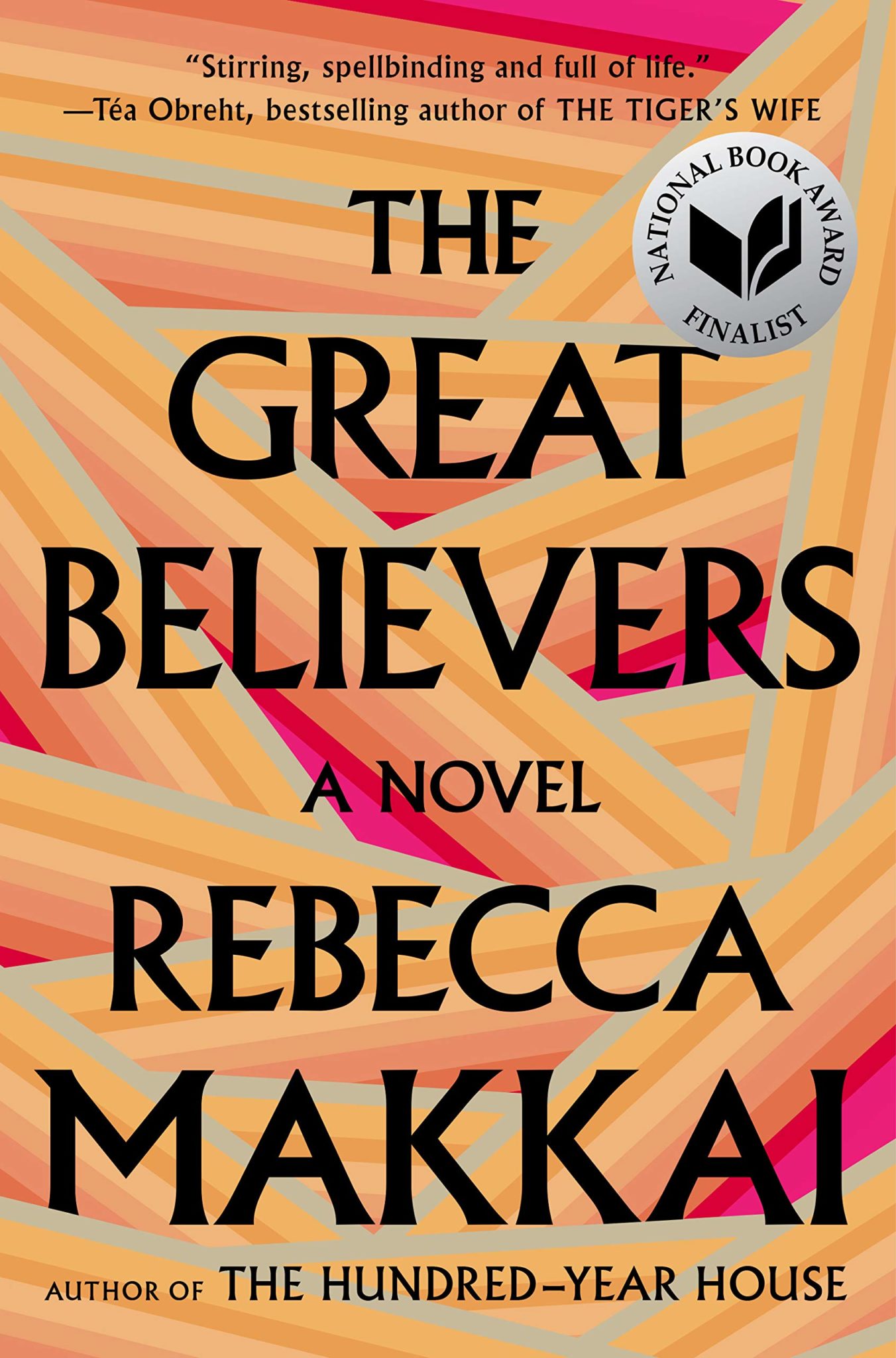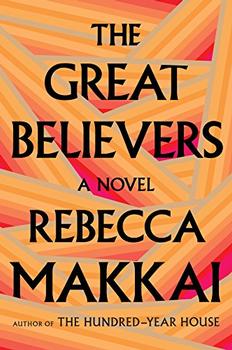

It's very easy to get books on Paris art in the 20s but as I discovered when I started researching there is very little in book form about AIDS in Chicago. "I explained this idea to my husband and he very sweetly reminded me that was the plot of the Titanic.

The AIDS crisis was a subplot, an event occurring in the background of the curator's life. Her intention was to focus on an artist's model, who in the 1980s would correspond with a curator about a painting from 1920s Paris, whose authenticity she could confirm because it was of her. The Great Believers was not the novel Makkai set out to write. Her life has been irrevocably shaped by memories of those she loved "dying one by one and two by two and, if you looked away for a second, in great horrible clumps" – she is unable to move on, caught in the past, and by the need to keep the stories of her lost friends alive. The novel alternates between Yale's story and Paris in 2015, where Nora's niece and Nico's sister Fiona, who had been a close friend to many in Yale's circle in the 1980s, is trying to find her estranged daughter. The link between the generation wiped out by World War I and those lost to AIDS resonates throughout the novel. It's a harbinger of what's to come as "slow-motion tsunamis from both coasts" crash upon Chicago.Īs his personal life disintegrates, Yale is working to acquire the collection of a former muse, Nora, who sat for a host of prominent artists during the interwar period in Paris. When Yale naps during the so-called festivities and wakes to find the attendees missing, he thinks "that the world had ended, that some apocalypse had swept through and forgotten only him".

Nico is Yale's first close friend to die, although he has grim mental lists of those he deems likely to contract AIDS, acquaintances who have already passed away as well as those who are showing symptoms. "This was supposed to have been the prologue of his life," notes Yale, an art curator whose perspective we share in the novel. The novel follows a group of gay friends who are part of Chicago's Boystown, opening at a 1985 "party" to celebrate the life of Nico, who has died from AIDS-related illness and whose friends and partner have been excluded from his funeral mass. Chicago is front and centre – this is a story of a place and its people in the face and aftermath of a disaster it's also a story of hope, survival and memory, of friendship and relationships. Her compelling third novel, The Great Believers, changes all that.


 0 kommentar(er)
0 kommentar(er)
